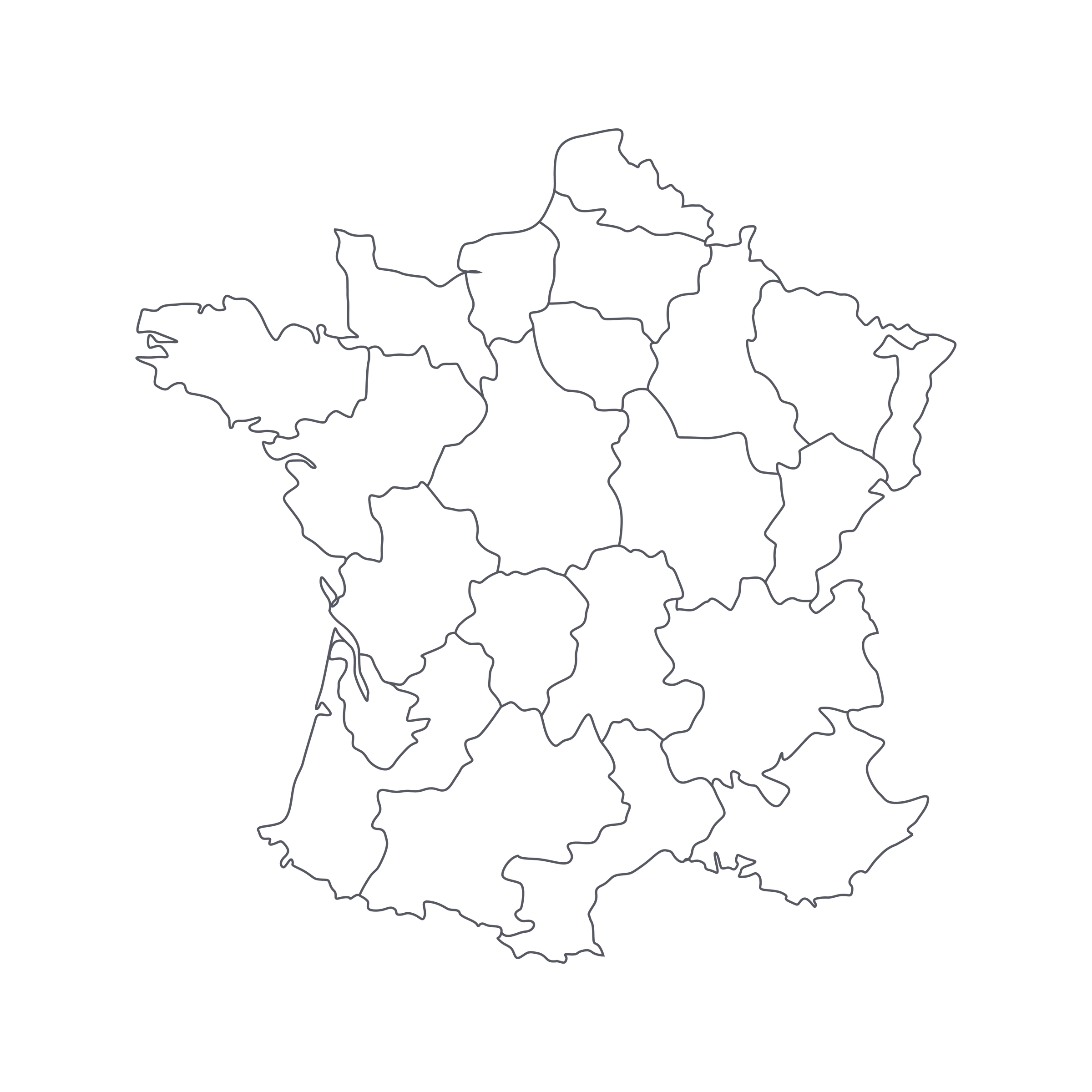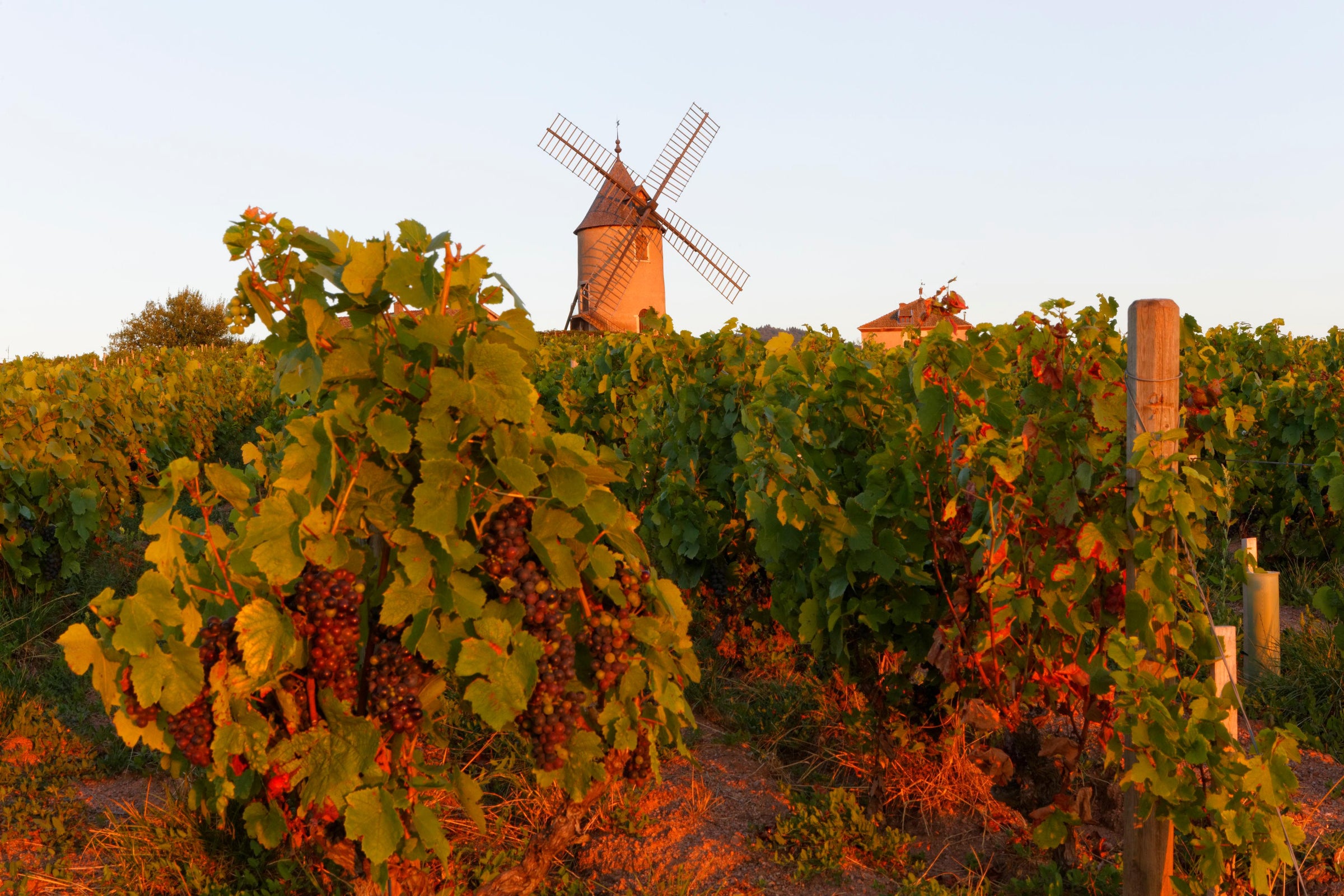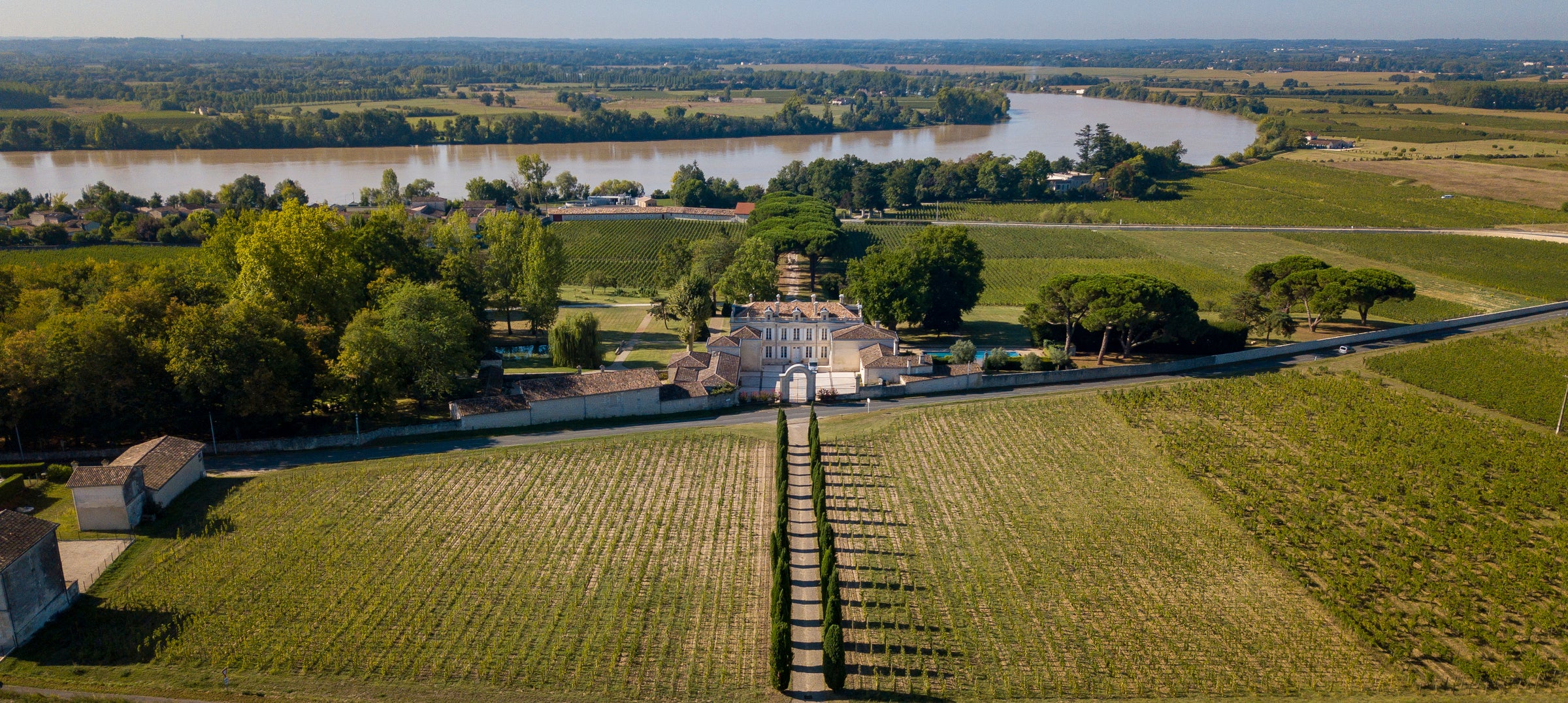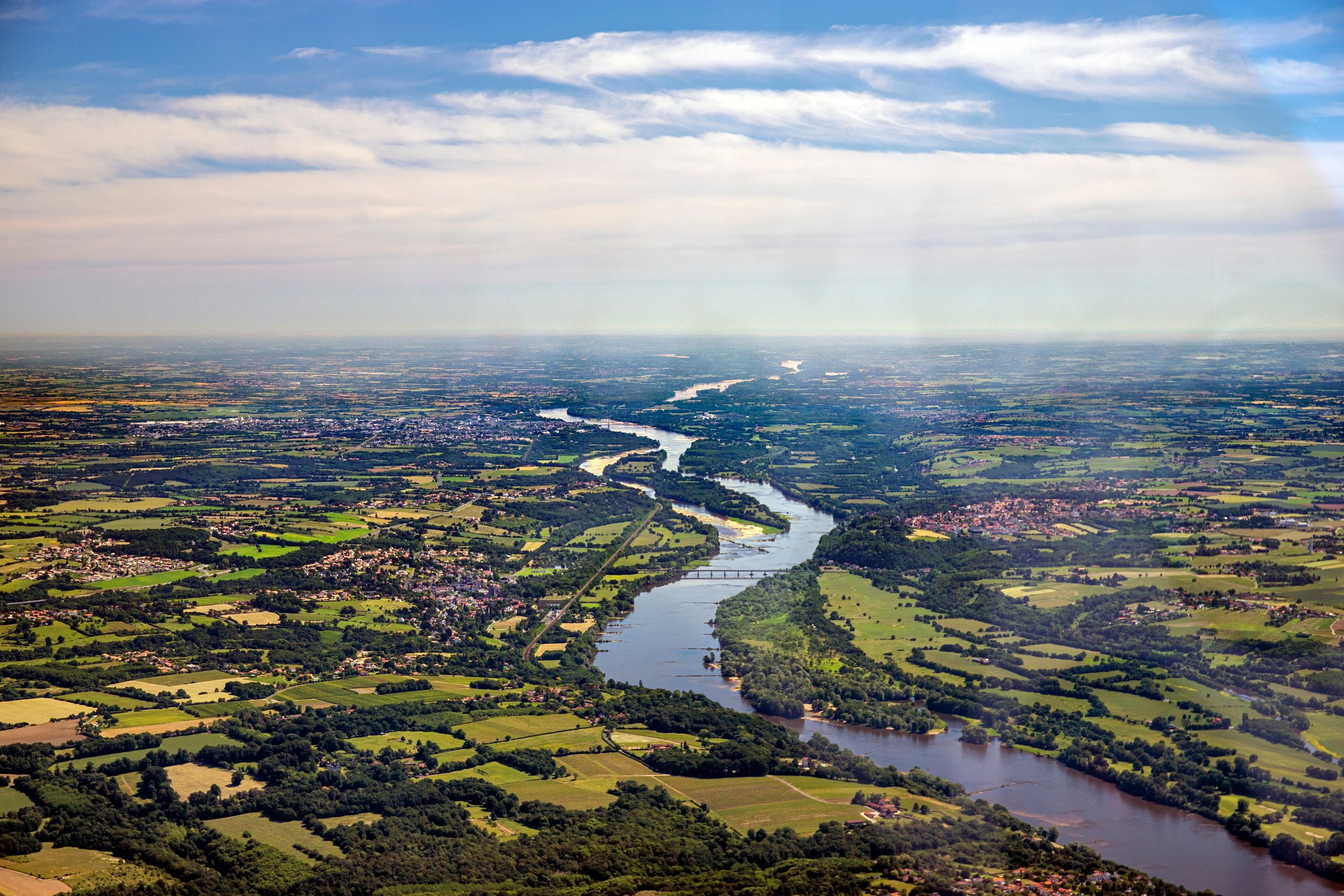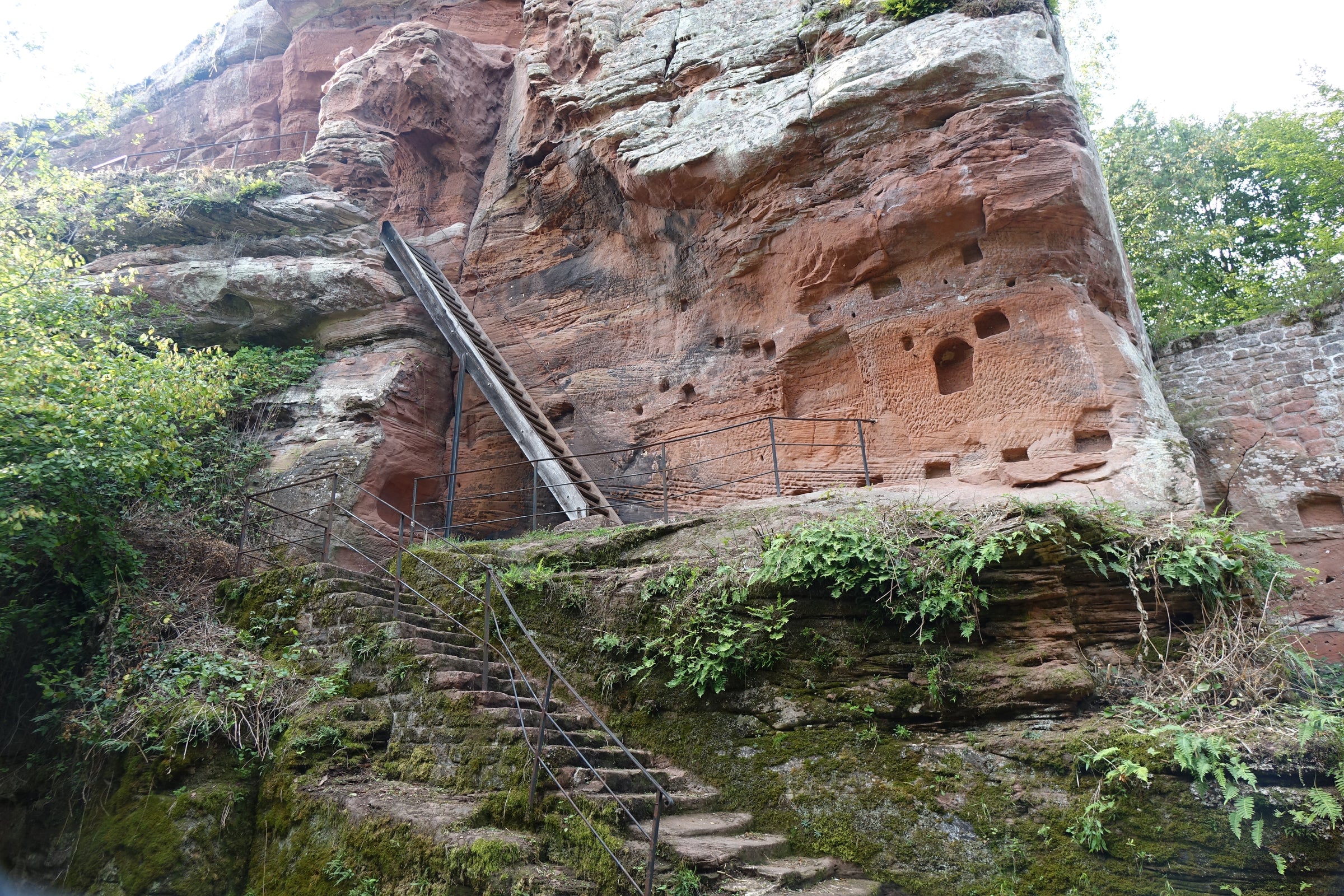Depending on where a wine is from, I calibrate my expectations accordingly. When you taste a lot of wine, you tend to know what you’re going to get based on the place name on the label. But of course there are always exceptions, and ‘exceptional’ wine is what we’re all about!
Case in point is this red, which, when I tasted it, channeled the elegance and grace of the Château Rayas lineup. You’d think that Rotem & Mounir Saouma, the couple that makes beautiful, small-batch Burgundies under the ‘micro-négociant’ label Lucien le Moine, would be content (not to mention busy) crafting the 70 or so different wines in their stable, including Grand Crus that fetch upwards of $400. But, since 2009, they’ve been slowly plotting land acquisitions in the Rhône, purchasing around 20 acres of choice parcels in Châteauneuf-du-Pâpe (with 6 located in the legendary Pignan lieu-dit), and 22 acres of Côtes-du-Rhône-Villages near their eponymous winery Rotem & Mounir Saouma in Massif d'Uchaux. The resulting wines, like this 2013 “Inopia” Rouge, are as amazing as they are unique: Grenache-based blends that are both powerful and delicate, reminiscent of Burgundy but with a distinctly southern (Rhône) accent. As tempting as it is to label this “Châteauneuf without the price tag,” that doesn’t really cut it: If you drink Burgundy and rarely venture further south, give this wine a chance. Trust me on this one.
For context, the story of the Saoumas is worth recounting. Lebanese-born Mounir honed his craft in a Trappist Monastery, where he discovered and fell in love with Chardonnay and Pinot Noir. He studied viticulture and enology in Montpellier, followed by work in Burgundy, other parts of France, and even California, where he became fascinated with traditional ways of growing, vinifying, and aging wines. Rotem, meanwhile, comes from a family of fromagers (cheese artisans). She studied Agriculture in Dijon and oriented her studies towards wine. She won a national prize from the French Academy of Agriculture for a study on the Côte d'Or, and then worked harvests in Burgundy and California. She joined Mounir in 1999 and they started Lucien Le Moine together. In the Rhône they’ve bought parcels that had great bones but were in bad shape, slowly turning them around.
Philosophically, these two are terroir-focused, but they are anything but traditionalists. They might best be described as a non-interventionist vignerons, allowing their wines to languidly develop, unracked and unsulphured, in super-cold cellars for up to 60 months. This amazing ‘Inopia’ is a mostly-Grenache blend, along with Mourvèdre, Syrah, Cinsault, and Counoise that underwent cold maceration with whole clusters for a week, followed by undisturbed fermentation for 10 days. The wine was aged in a trio of vessels on hand in their cellar, including cement eggs, thirty-hectoliter foudres, and 500-liter barrels for 18 months sur lie, with no racking or sulfuring whatsoever.
The 2013 Inopia exhibits a concentrated ruby-red core with a hint of garnet and orange on the meniscus. The nose is highly perfumed and full of energy, making it difficult to put down; it seems like the wine is constantly changing in the glass. Aromas slowly emerge of ripe strawberry, rose petals, ripe black cherry, dried goji berries, a touch of white pepper, and a light kiss of olive and meat notes in the background. The palate is medium-plus in body with extremely soft and integrated tannins bringing faint memories of Pinot Noir. Flavors of dried wild strawberry and cassis envelop the palate alongside nuanced garrigue and savory herbs then evolve into a long and addicting finish. This wine is peaking now, although it has the requisite balance to evolve in the cellar over the next 2-3 years. To enjoy, simply open 30 minutes before serving in Burgundy stems at 60-65F. Service temperature is key. Do not serve too warm or the alcohol will dominate the nose. And while we’ve talked a lot about Burgundy here, this is still a ‘Mediterranean’ wine and we’ve chosen accordingly when it comes to food: Check it out with
this Lebanese lamb shawarma for an intermingling of warm spice and meaty goodness. You will love the combination of bold flavors and bounce in this impeccably crafted red.


